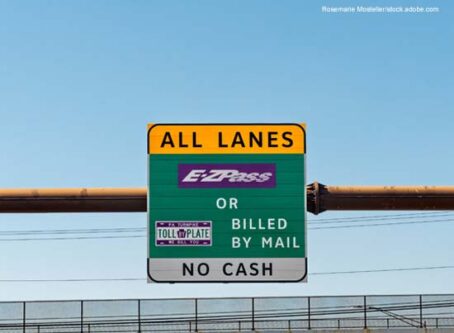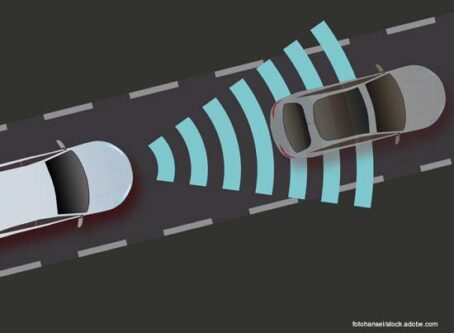Report: Deployment of zero-emission trucks is rapidly increasing
A new report reveals that although the adoption of zero-emission trucks of all types is rapidly increasing, the number of zero-emission heavy-duty trucks remains minuscule.
Calstart recently published a report outlining the state of the zero-emission truck market in the United States. The report analyzes the market for cargo van, medium-duty step van, medium-duty truck, heavy-duty truck, refuse and yard tractor vehicles.
As of June 2023, more than 17,500 zero-emission trucks had been deployed in the U.S. The vast majority (more than 80%) of those vehicles were cargo vans. Heavy-duty trucks, which included Class 7 and 8 vehicles, made up less than 5% of that fleet.
According to the report, less than 900 heavy-duty zero-emission trucks had been deployed, a market share of only .02% for the heavy-duty truck segment. While that number is small, it has been growing significantly over the past few years.
Although zero-emission trucks for long-haul trucking are in development, there are no commercially available models with sleeper cabs.
Zero-emission heavy-duty trucks have primarily been deployed in urban/regional or drayage operations.
A variety of factors play into the rapid increase of zero-emission trucks, including more incentives, confidence in the technology, model availability, production capacity and adoption of zero-emission vehicle policies.
In 2019, there were only a few dozen zero-emission truck models available. Currently, there are more than 160 models on the market. More than 40 original equipment manufacturers offer a zero-emission truck. There are 32 zero-emission heavy-duty truck models available.
Last March, the U.S. Environmental Protection Agency granted California a waiver allowing the state to implement its Advanced Clean Trucks regulation. Manufacturers who certify Class 2b-8 chassis or complete vehicles with combustion engines would be required to sell zero-emission trucks as an increasing percentage of their annual California sales from 2024 to 2035. By 2035, zero-emission truck/chassis sales would need to be 55% of Class 2b-3 truck sales, 75% of Class 4-8 straight truck sales and 40% of truck tractor sales.
According to the U.S. Department of Energy, nine other states have adopted California’s Advanced Clean Trucks regulation: Colorado, Maryland, Massachusetts, New Jersey, New Mexico, New York, Oregon, Vermont and Washington state. Those states account for 38% of all zero-emission truck deployments despite making up just 25% of all truck registrations.
Challenges to zero-emission truck policies
Although deployment of zero-emission trucks is increasing, several state governments and stakeholders argue that mandates related to truck emissions are moving too quickly.
Cited extensively in Calstart’s report, California’s Advanced Clean Trucks regulation is being challenged in federal court. In November, the U.S. Chamber of Commerce and several trucking associations filed a lawsuit arguing that the EPA’s waiver allowing the regulation is not technologically feasible and fails to address downstream emissions caused by switching to battery-electric trucks. That lawsuit was preceded by a similar lawsuit filed by 19 state attorneys general and a coalition of stakeholders, including the Owner-Operator Independent Drivers Association.
California’s Advanced Clean Fleets is also under fire. In October, the California Truck Association filed a federal lawsuit challenging the regulation, which was supposed to go into effect on Jan. 1.
However, the California Air Resources Board has temporarily suspended enforcement of the regulation, as the state has not received the required EPA waiver.
In December, more than 20 states filed a federal lawsuit challenging the Federal Highway Administration’s finalized rule that establishes performance measures that provide a national framework for state DOTs and metropolitan planning organizations to track transportation-related greenhouse gas emission. In addition to claiming unconstitutionality, the lawsuit argues the performance measures will disproportionately affect states with more rural areas.
Also at the federal level, the White House’s Office of Management and Budget currently is reviewing the EPA’s proposed rule that would set the strictest truck emission standards at the federal level. More than 30 members of Congress from both sides of the aisle expressed concerns over the agency’s Phase 3 of truck emission standards. In a letter to the EPA, the coalition of lawmakers pointed out that the proposed rule is being rushed.
The Owner-Operator Independent Drivers Association also has called the rulemaking hurried.
“Professional drivers are skeptical of (electric vehicle) costs, mileage range, battery weight and safety, charging time and availability,” OOIDA President Todd Spencer said in a statement. “It’s baffling that the EPA is pushing forward with more impractical emissions timelines without first addressing these overwhelming concerns with electric (commercial motor vehicles). The pursuit of this radical environmental agenda in conjunction with an anticipated speed limiter mandate will regulate the safest and most experienced truckers off the road.” LL









